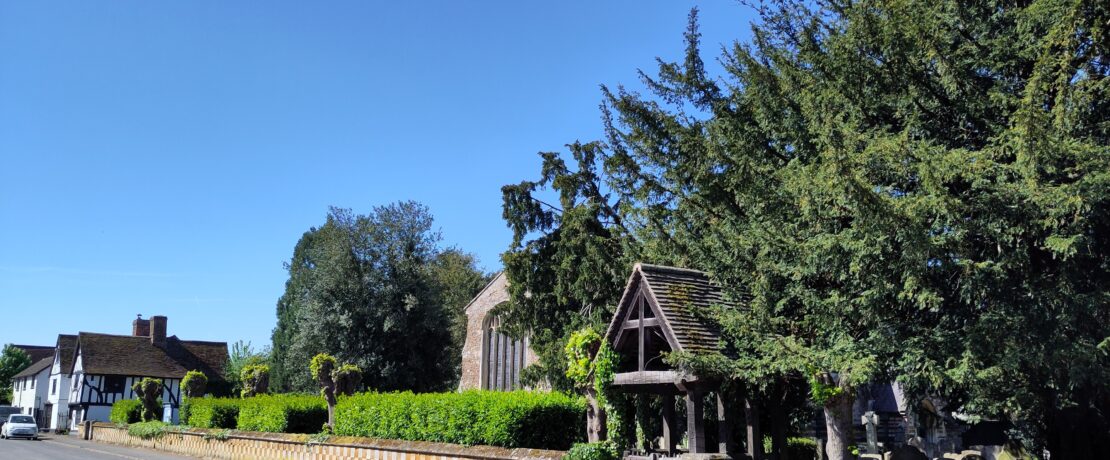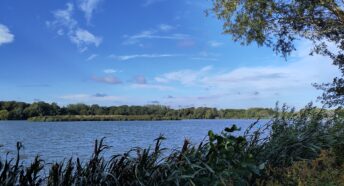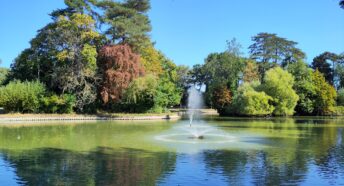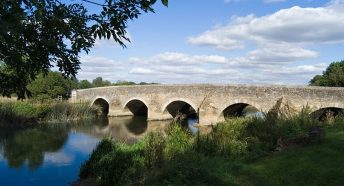Discover: Tempsford and nearby villages
We hope our whistle-stop tour of this cluster of villages will whet your appetite for exploring this rural corner of the county.
From fascinating facts to local walks, there’s something for everyone.
Tempsford
The Great Ouse and Ivel rivers meet at Tempsford and the village is effectively divided into two by the A1. Despite this, there is a peaceful feel to the historic village.
The Millenium Garden, which opened in 2000, was created out of a piece of land left over from the construction of the A1 Tempsford bypass. Since then it has been tended by volunteers from the village and developed to encourage wildlife. Its mature trees and footpaths make it a tranquil spot. Next to the garden is a memorial to the Special Operations Executive personnel who flew out of RAF Tempsford during the Second World War.
Tempsford has a rich earlier history too. Archaeological finds include Stone Age flint axe heads, Iron Age pottery and Roman coins and brooches. Gannocks Castle was a fortified manor house, built in the late 12th or early 13th century, and may have been built on the site of an earlier fort. Only the earthworks and moat of the manor house remain visible today.
The Tempsford Parish Council website has lots of information to help you explore the village including a downloadable Heritage Trail leaflet and a map of local footpaths.
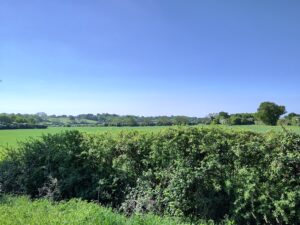
Everton
As you leave Tempsford for Everton, you get a real sense of the landscape changing from the shallow valley of the River Ouse to the higher ground of the Greensand Ridge. After the climb up to Everton you can enjoy views across farmland back towards the river valley. Everton’s Grade I listed church is 227 feet above sea-level, compared to the lowest part of the parish, which is just 65 feet above sea-level.
The area is excellent for those looking for a longer walk. Section Five of The Greensand Ridge Walk passes through the village and a ten-mile circular walk takes in Everton and Sandy.
Roxton
Back down in the river valley, another long-distance walking route, the Ouse Valley Way, passes through Roxton.

A pleasant walk through the churchyard takes you out to Roxton Lock, whilst exploring the village is a must for anyone interested in old buildings. The thatched Congregational Chapel is worth seeking out and is an interesting contrast to the medieval church.
Roxton circular walk (2.5 miles)
Great Barford
Before the River Great Ouse became navigable to Bedford, Great Barford was the head of the navigation and was as busy with trade related activity as Bedford was to become. As Bedford’s fortunes rose, Great Barford’s declined.
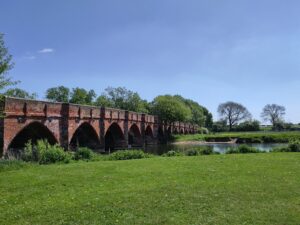
Today the fifteenth century bridge and causeway with its 17 arches is Grade I listed and sits in a peaceful riverside landscape. On a sunny day the river here is a popular picnic spot, as well as an entry point for activities on the water.
Willington to Great Barford walk (1 mile each way)
Blunham
A walk round the village will reveal some lovely historic buildings and footpaths lead out into meadows by the River Ivel.
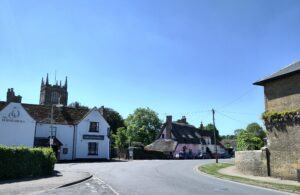
The Primary School is named for John Donne, the poet and priest. In 1621 he became Rector of Blunham, visiting the village each summer and preaching several sermons during his stays.
The curious wanderer through the village might spot that the church has an unusual dedication – St Edmund or St James. The church was originally dedicated to St Edmund but at some point became known locally as St James. One suggestion is that after the Reformation less attention was paid to saints and so the name dropped out of use. In the nineteenth century there was a revival of interest in old customs, and it is possible that the incumbent at the time believed the dedication was St James because of the date of the Blunham Fair which was held around St James’ Day.
CPRE Bedfordshire is reviewing the New Towns Task Force Final Report after the announcement that Tempsford is considered one of the three most promising New Town sites. We will comment on the proposals shortly.
